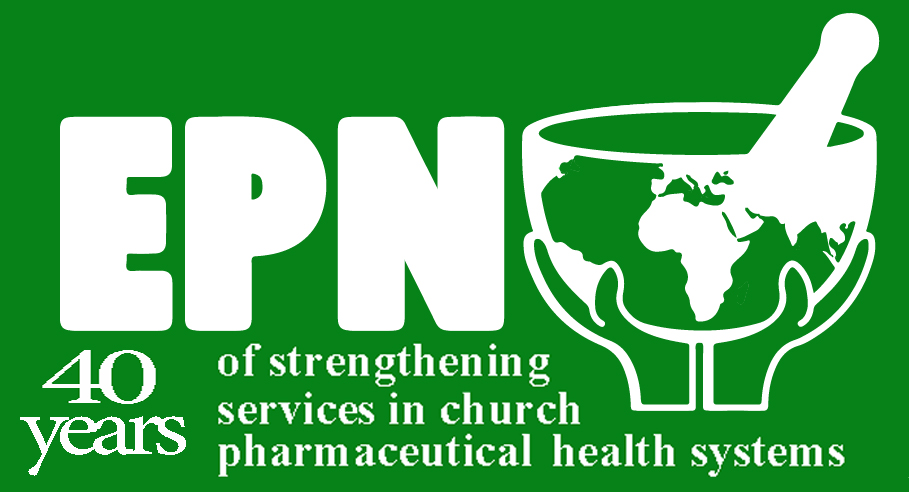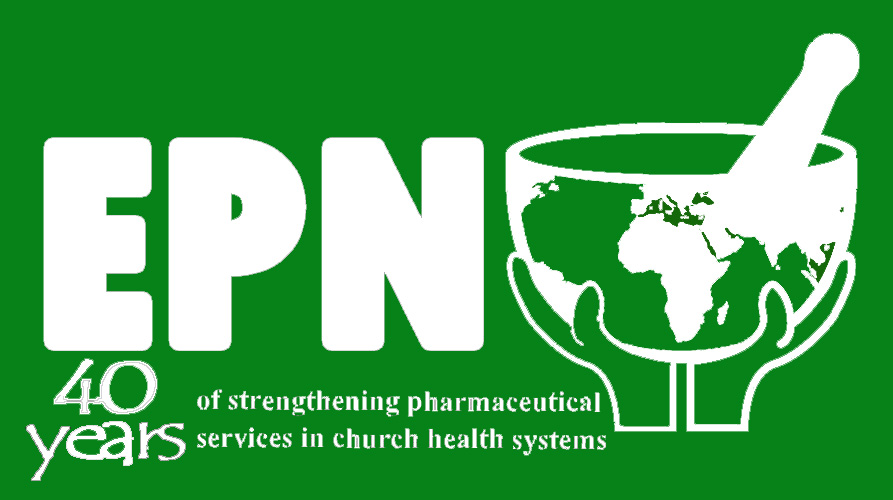Author: Mike Upio
Breast cancer is among the non-communicable diseases affecting many women around the world. It is the most common cancer in women worldwide and the second most cancer overall after lung cancer. In 2018, over 2 million new breast cancer cases were diagnosed worldwide, about 12% of all cancer incidence, and an estimated 627,679 women died from this disease. Breast cancer is a leading cause of cancer death in developing countries. In Africa, breast cancer is the leading cause of cancer incidence and mortality. In 2018, there were 168,690 new cases of breast cancer in the continent and 74,072 deaths. This figure about Africa is underestimated because of poor diagnostic and detection system; the number are therefore much higher than what is actually reported.
In the past two decades, published epidemiological data and reports in different part of the world show significant increase in breast cancer incidence and mortality rate. According to the projection from GLOBOCAN 2018, the incidence of breast cancer will increase from 2 million cases in 2018 to more than 3 million cases in 2046.
Health impact of breast cancer also include the poor quality of life during the course of disease, especially in Low- and Middle-Income countries. Breast cancer also imposes a great burden and involves huge costs on the health system. With other NCDs, breast cancer is recognized as a major development challenge, impacting every aspect of sustainable development. Reduction of activity due to the disease and the catastrophic health expenditure caused by the treatment of the disease drag many households to poverty, which has a negative impact in the national and global development.
Like other cancer, the management of breast cancer is a big challenge even for developed countries who have all the infrastructures, equipment and human resources. At this stage, most of LMIC don’t have enough capacity to effectively treat breast cancer patients due to lack of strategies and/or resources, and their health systems face the double burden of diseases and they still have to allocate more resources to control communicable diseases and maternal conditions. In these countries, the majority of women with breast cancer are diagnoses in late stages, with limited possibility of intervention to be saved.
Even though some risk factors, such as age and genetic, can not be prevented, cost effective measures and interventions can be implemented to save and improve lives of survivals. These measures include (1) early diagnostic/detection and (2) controlling lifestyle-related risk factors such as smoking, overweight/obesity, alcohol abuse and physical inactivity. Detecting breast cancer at early stage allow it to be treated with cost-effective methods as the treatment depends on the stage of the disease. The more advanced is the disease, the more difficult will be its treatment and outcome.
Health systems at each level can put in place actions to implement these measures. Church health systems can develop strategies in communities, and take part in the national and global agenda to address breast cancer. Let us work together to save lives and give hope to those women and families.






Responses